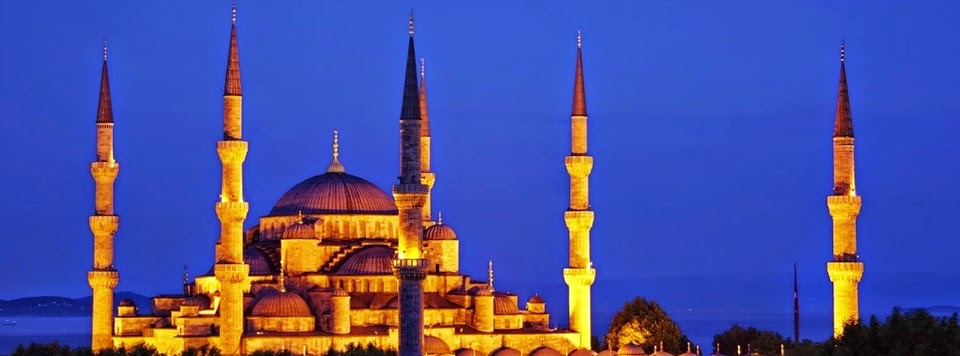Hamam (Turkish bath) | Istanbul sight seeing
A trip to a Hamam (Turkish bath) is a valuable part associated with a visit to Istanbul and it is something you'll make sure to repeat before departing (It's the best part for me in Istanbul). You will find a minimum of one historic Hamam in every neighborhood of Istanbul. Be mindful in choosing a Hamam, as they possibly can vary greatly in hygiene. Most places will offer you a scrubbing and/or perhaps a massage. Just finding yourself in the Hamam (like a sauna), is sufficient for seeing and going through the area, however the scrubbing is a superb experience. The massage isn't always much better than individuals present in western nations.
image credit: istanbul.for91days.com
The Turkish Bath (Hamam)
Healthful steam baths (Hamam) have been popular in Turkey for thousands of years, many of them surviving from Hellenic and Roman times.The Ottomans perfected the Hamam, or Turkish bath which, like the Roman bath, had three rooms: the grand, steamy hot room (caldarium) for steam-soaking and massage; the warm room (tepidarium) for washing with soap and water; and the cool room for resting or napping (perhaps in a private cubicle) after the bath with a cup of Turkish coffee or a glass of tea.
In Ottoman times, Hamams were social centers, and they were the only baths in Turkey until the mid-20th century when western-style tub-bath-and-shower plumbing began to be accepted.
Today modern Turks may shower in the morning before going to the office, but many still reserve time for a weekly steam-and-scrub at a Hamam, a good drying-off with Turkish towels, followed by an hour's relaxation, tea or Turkish coffee, and conversation with friends—one of life's small but significant pleasures.
Credit: http://www.turkeytravelplanner.com/special/hamam/







